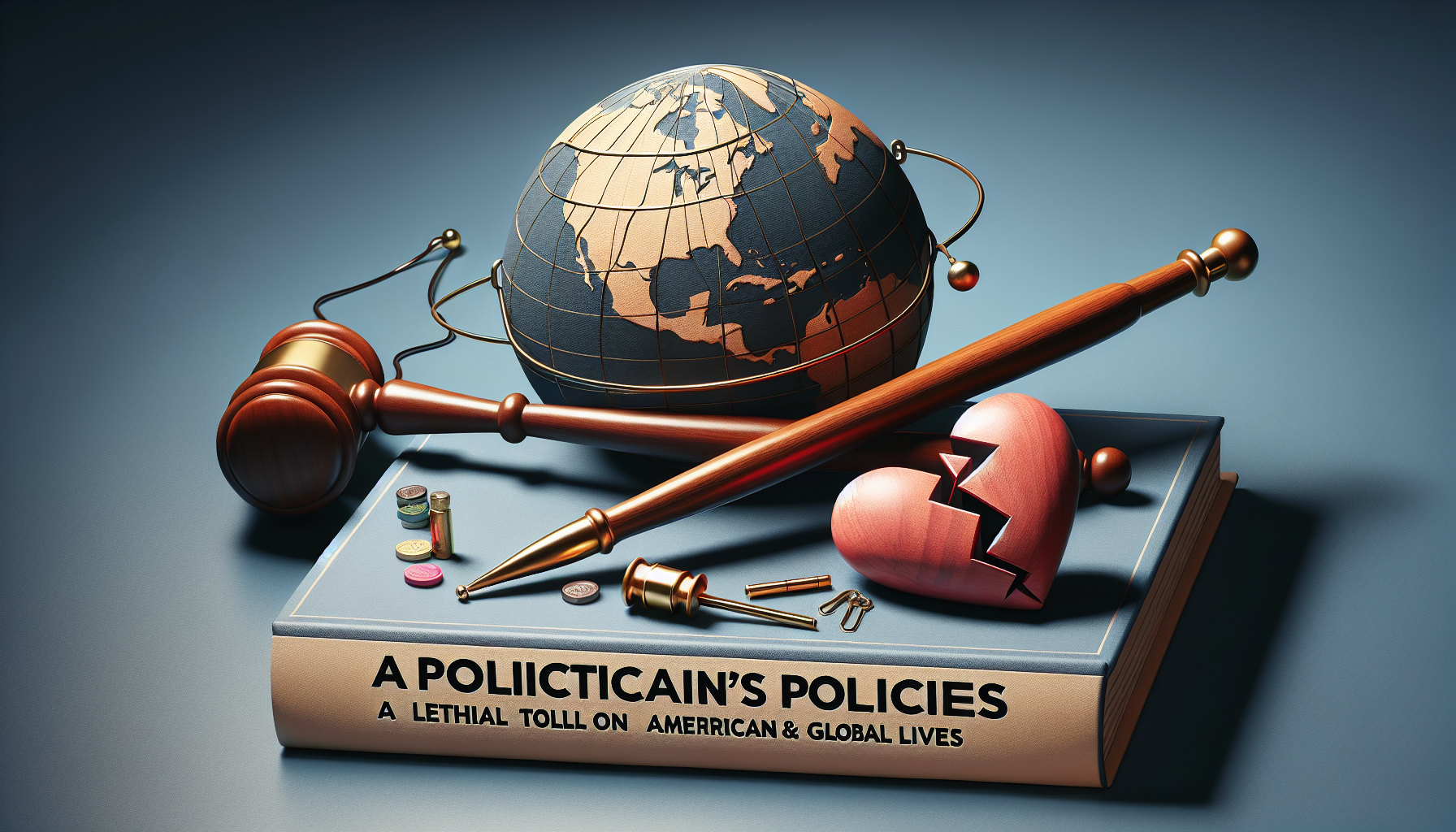Ice Age Shadows, Rising Temperatures: A topic that has been causing concern amongst scientists and researchers alike. As our planet continues to experience escalating temperatures, the echoes of the past ice ages seem to be resurfacing. This article aims to delve into the mysteries surrounding Ice Age Shadows and the perplexing puzzle of rising temperatures, shedding light on the potential consequences and the urgent need for action.
Ice Age Shadows: A Concern Resurfacing
Ice ages, a period of time when the Earth’s surface is covered with massive ice sheets, might seem like a thing of the past. However, recent scientific studies have revealed that the shadows of these icy epochs are returning to haunt us. Researchers have discovered that even though we are currently in an interglacial period, the Earth’s climate is showing signs of entering a cooling phase. This potentially alarming trend is raising concerns about the possibility of another ice age in the future.
The main driver behind the potential return of the ice age shadows lies with changes in Earth’s orbital parameters. These parameters, known as Milankovitch cycles, consist of three elements: eccentricity, axial tilt, and precession. These cycles determine the intensity and distribution of sunlight reaching our planet, ultimately impacting global climate patterns. Scientists have identified that the current configuration of these cycles is gradually pushing Earth towards a cooling phase, which could eventually trigger a new ice age.
The Rising Temperatures: A Perplexing Puzzle
While the return of ice age shadows is a worrying prospect, it seems to contradict the undeniable fact that our planet is experiencing rising temperatures. The phenomenon of global warming, primarily caused by human activities, has been extensively studied and has raised significant concerns about the future of our planet. The increase in greenhouse gas emissions, such as carbon dioxide, from burning fossil fuels has led to a substantial rise in global average temperatures.
The rise in temperatures is causing a multitude of issues, including the melting of polar ice caps, the disruption of ecosystems, and the intensification of extreme weather events. These consequences of global warming have raised alarms and prompted urgent calls for action to mitigate the impact of human activities on the Earth’s climate. While the return of ice age shadows may seem paradoxical in the face of rising temperatures, it highlights the complexity and interconnectedness of Earth’s climate system, urging us to explore potential scenarios and take proactive measures.
The concern surrounding Ice Age Shadows and rising temperatures is not something to be taken lightly. As the world grapples with the challenges of global warming, the potential return of ice age conditions adds another layer of complexity to the climate crisis. Understanding and addressing these issues requires a collaborative effort from scientists, policymakers, and individuals alike. By taking decisive action to reduce greenhouse gas emissions, promote renewable energy, and adopt sustainable practices, we can strive to minimize the impact of rising temperatures while simultaneously preparing for the potential return of ice age shadows. The time for action is now, for the fate of our planet hangs in the balance.









